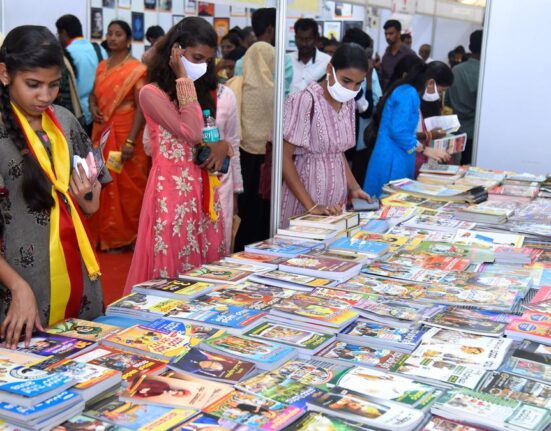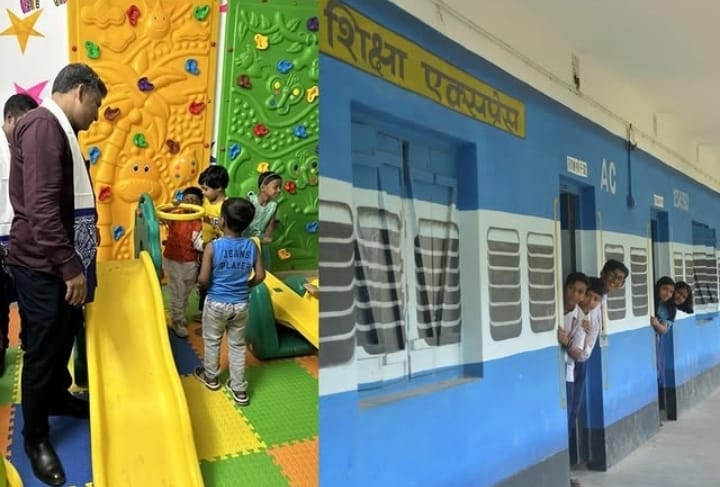In a remarkable effort to invigorate education and foster creativity among students, an IAS officer in a Bengal district has launched the ‘Gyanalaya’ initiative. This innovative project aims to transform traditional classrooms and libraries into vibrant learning ecosystems, addressing the educational aspirations of both students and educators.
A Vision for Dynamic Learning Spaces
The ‘Gyanalaya’ initiative introduces a variety of innovative features to schools, including interactive display boards, book banks, and creatively designed ‘train’ classrooms. These elements are carefully crafted to stimulate interest, encourage active participation, and create a sense of curiosity among students.
Interactive display boards, for instance, replace the monotony of chalkboards with dynamic visuals and engaging educational content. These boards allow teachers to incorporate multimedia tools, making learning more comprehensive and enjoyable.
The book banks, on the other hand, aim to address the lack of access to quality reading material. Students can borrow books, fostering a culture of reading and self-learning. With an emphasis on inclusivity, the initiative ensures that even those from underprivileged backgrounds can explore a world of knowledge without financial constraints.
‘Train’ Classrooms: A Journey of Imagination
Perhaps the most striking feature of the ‘Gyanalaya’ initiative is the creation of ‘train’ classrooms. These classrooms are designed to resemble train compartments, complete with artistic decor and colorful illustrations. The concept symbolizes a journey of knowledge and imagination, inviting students to embark on an educational adventure every day.
These spaces also serve as a creative platform for interactive storytelling sessions, group activities, and discussions, making learning an engaging process rather than a rote exercise.
Bridging the Gap with Technology and Accessibility
The initiative integrates technology into everyday learning, enabling students to access digital content and participate in virtual collaborations. This is particularly impactful in bridging the urban-rural divide, offering students in remote areas an opportunity to experience modern educational tools.
Moreover, the program emphasizes teacher training, equipping educators with the skills needed to utilize these tools effectively and to foster a culture of innovation in classrooms.
A Ripple Effect on the Community
Beyond its immediate impact on schools, the ‘Gyanalaya’ initiative has also inspired community involvement. Parents and local residents are encouraged to contribute to book banks and participate in school activities, creating a holistic support system for students.
The initiative’s emphasis on collaboration has also led to partnerships with NGOs and educational organizations, amplifying its reach and sustainability.
The Path Ahead
As the ‘Gyanalaya’ initiative gains momentum, its success offers a model for educational reform in other regions. By fostering creativity, inclusivity, and community participation, it demonstrates the transformative power of innovative thinking in education.
This ambitious project serves as a reminder that with the right vision and execution, even the most traditional spaces can be turned into hubs of inspiration and learning. For the students of this Bengal district, the journey aboard the ‘Gyanalaya’ train is just beginning, promising a future where education truly empowers.












